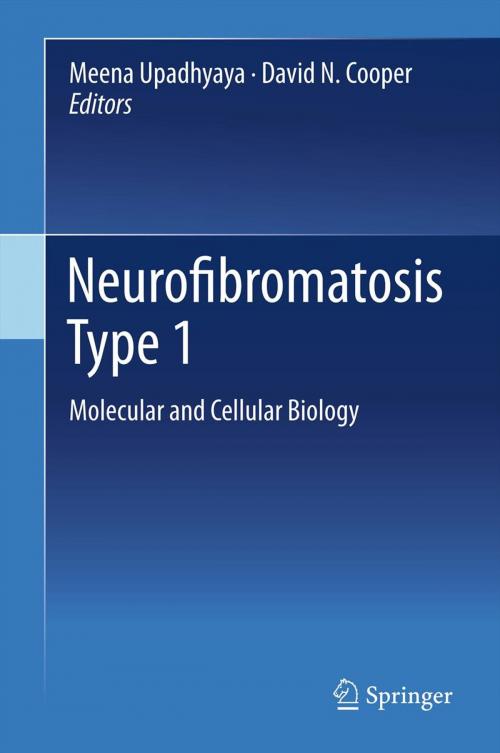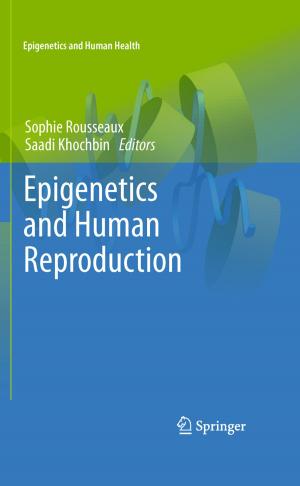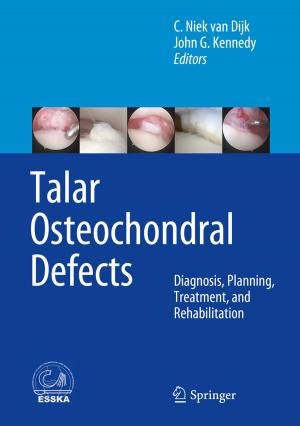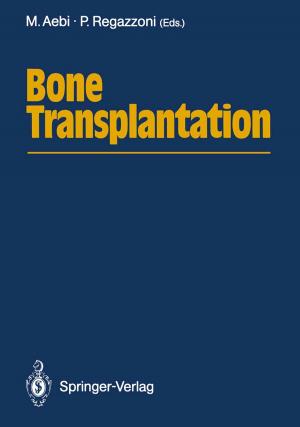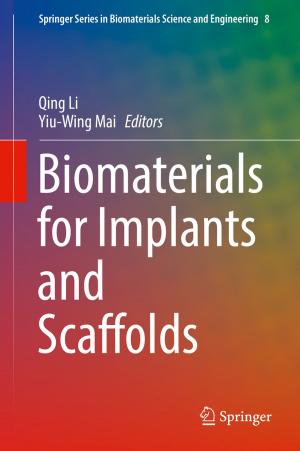Neurofibromatosis Type 1
Molecular and Cellular Biology
Nonfiction, Health & Well Being, Medical, Medical Science, Genetics, Specialties, Oncology| Author: | ISBN: | 9783642328640 | |
| Publisher: | Springer Berlin Heidelberg | Publication: | January 29, 2013 |
| Imprint: | Springer | Language: | English |
| Author: | |
| ISBN: | 9783642328640 |
| Publisher: | Springer Berlin Heidelberg |
| Publication: | January 29, 2013 |
| Imprint: | Springer |
| Language: | English |
Neurofibromatosis type 1 (NF1), caused by mutational inactivation of the NF1 tumour suppressor gene, is one of the most common dominantly inherited human disorders, affecting 1 in 3000 individuals worldwide. This book presents in concise fashion, but as comprehensively as possible, our current state of knowledge on the molecular genetics, molecular biology and cellular biology of this tumour predisposition syndrome.
Written by internationally recognized experts in the field, the 44 chapters that constitute this edited volume provide the reader with a broad overview of the clinical features of the disease, the structure and expression of the NF1 gene, its germ line and somatic mutational spectra and genotype-phenotype relationships, the structure and function of its protein product (neurofibromin), NF1 modifying loci, the molecular pathology of NF1-associated tumours, animal models of the disease, psycho-social aspects and future prospects for therapeutic treatment.
Neurofibromatosis type 1 (NF1), caused by mutational inactivation of the NF1 tumour suppressor gene, is one of the most common dominantly inherited human disorders, affecting 1 in 3000 individuals worldwide. This book presents in concise fashion, but as comprehensively as possible, our current state of knowledge on the molecular genetics, molecular biology and cellular biology of this tumour predisposition syndrome.
Written by internationally recognized experts in the field, the 44 chapters that constitute this edited volume provide the reader with a broad overview of the clinical features of the disease, the structure and expression of the NF1 gene, its germ line and somatic mutational spectra and genotype-phenotype relationships, the structure and function of its protein product (neurofibromin), NF1 modifying loci, the molecular pathology of NF1-associated tumours, animal models of the disease, psycho-social aspects and future prospects for therapeutic treatment.
